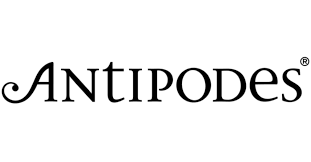i-lign is a New SaaS Software. i-lign offers Investor Management, Time & Expense Tracking, Benefits Management, KPI Management, Project Management and many more functionalities.
Some top alternatives to i-lign includes Anywhere, Teamwork, OpenProject, Planisware Enterprise and IFTTT.
No, i-lign doesn't provide API.
No, i-lign doesn't provide mobile app.
i-lign is located in Wellington, New Zealand
i-lign offers Quotation Based pricing model
The starting price is not disclosed by i-lign. You can visit i-lign pricing page to get the latest pricing.


















